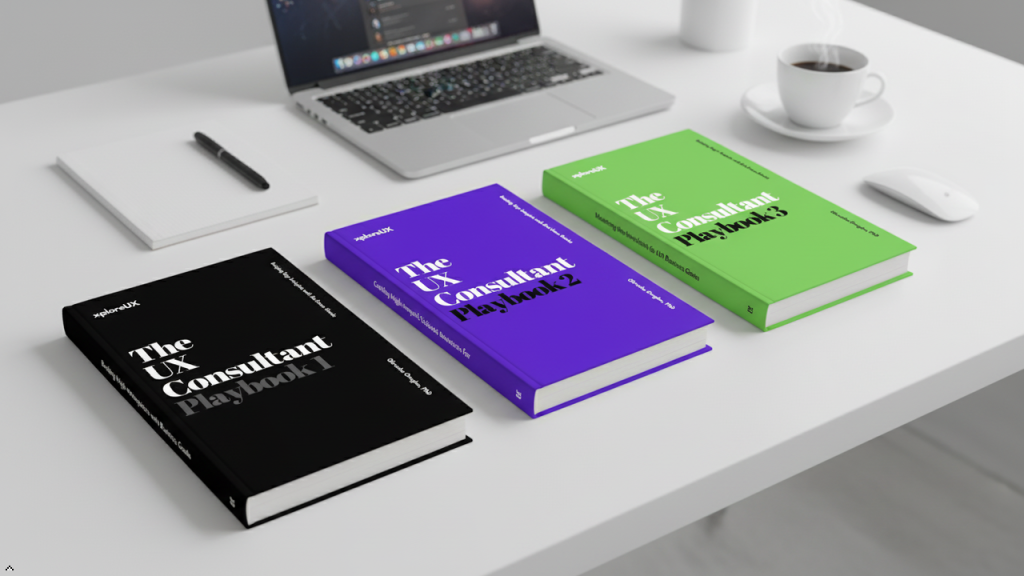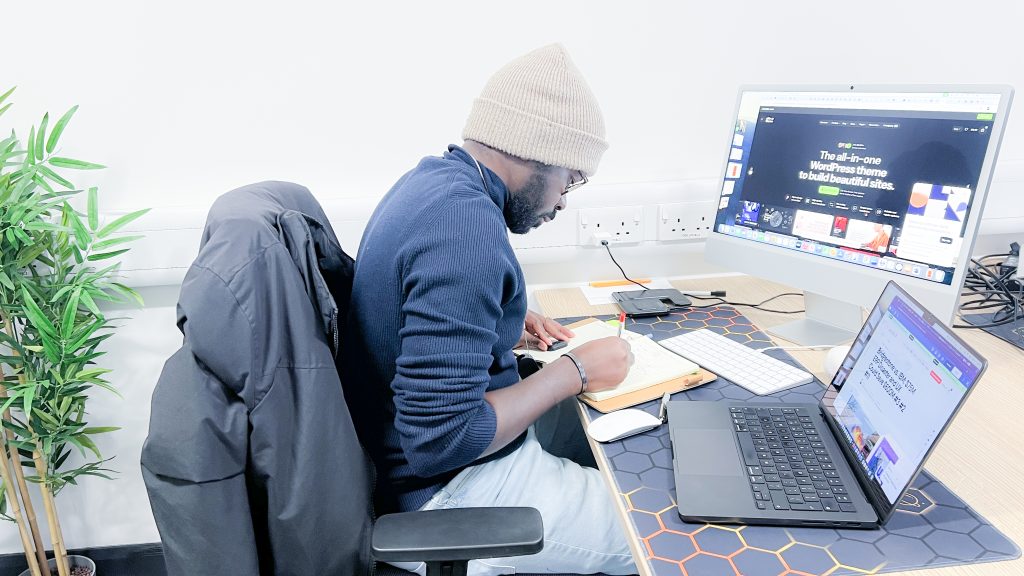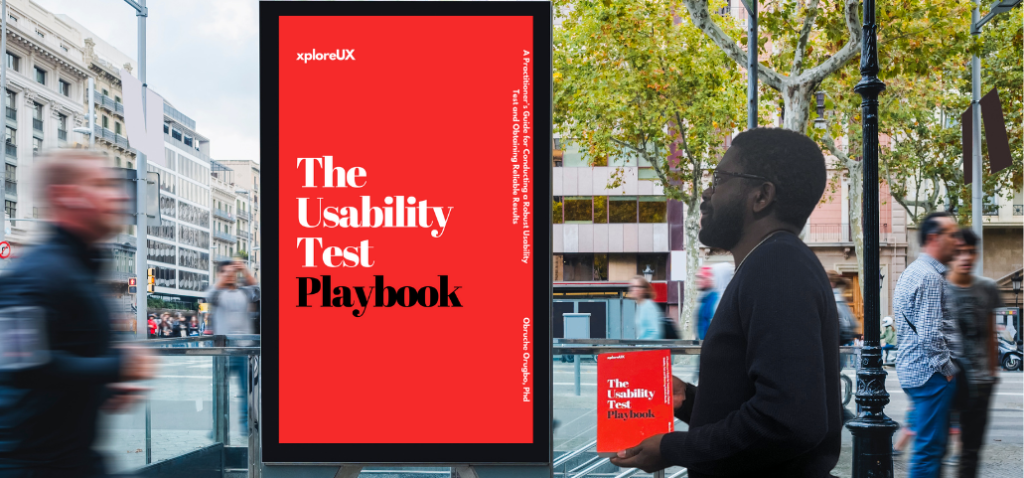
User experience (UX) is not just a buzzword—it’s a critical factor that can make or break your product. With customers having endless options at their fingertips, ensuring that your product provides a seamless, intuitive, and enjoyable experience is more important than ever. However, traditional UX research methods can be time-consuming and resource-intensive, making them impractical for many businesses, especially startups and small enterprises. This is where rapid UX research techniques come into play, enabling you to gain valuable insights quickly and efficiently.
In this blog post, we’ll explore how rapid UX research can boost your business, the key techniques you can use, and offer a downloadable toolkit to help you implement these methods with ease.
1. Speed Up Decision-Making: In the world of business, timing is crucial. Rapid UX research allows you to gather user feedback and insights in a fraction of the time it takes with traditional methods. This speed enables you to make informed decisions faster, whether you’re iterating on a design, launching a new feature, or pivoting your product strategy. By reducing the time between research and action, you can stay ahead of competitors and adapt to market changes more swiftly.
2. Cost-Effectiveness: Traditional UX research often requires significant investment in time, tools, and expertise. Rapid UX research techniques, on the other hand, are designed to be more streamlined and cost-effective. By leveraging methods that are quicker and less resource-intensive, you can achieve actionable insights without breaking the bank. This is particularly beneficial for startups and small businesses that need to maximise their ROI on every dollar spent.
3. Enhanced Agility: The ability to quickly gather and apply user feedback enhances your business’s agility. Rapid UX research fits seamlessly into agile development cycles, enabling continuous improvement and iteration. As a result, you can respond more effectively to user needs, market demands, and emerging trends, ultimately leading to a more user-centered product.
To successfully implement rapid UX research, it’s essential to know which techniques are most effective for gathering insights quickly. Here are some of the top methods:
1. Guerrilla Testing
Guerrilla testing is a low-cost, quick method where you take your prototype or product to places where your target users are likely to be—such as cafes, malls, or even online communities—and ask them to perform specific tasks. This technique is great for getting immediate, unbiased feedback from real users in a natural environment. Since it’s informal, you don’t need a dedicated lab or complex setup, which saves both time and money.
How to Implement: Identify Target Locations: Choose places where your potential users frequent.
Prepare Simple Tasks: Create short, clear tasks for users to complete.
Gather Feedback: Ask for direct feedback after each task and observe any pain points.
2. Card Sorting
Card sorting is a technique used to understand how users organise information in their minds. This is particularly useful when designing or reorganising information architecture, like website menus or app navigation. Users are given a set of cards with various topics or features and are asked to group them in a way that makes sense to them.
How to Implement: Prepare Cards: Write down features or content categories on individual cards.
Conduct the Sorting: Ask users to sort the cards into groups that make sense to them.
Analyse Patterns: Look for common patterns in how users group the cards and adjust your design accordingly.
3. Five-Second Tests
A five-second test involves showing users a visual (like a website homepage or a landing page) for just five seconds and then asking them to recall what they remember. This method helps you understand what stands out to users at first glance and ensures that your key messages are being communicated effectively.
How to Implement: Create Visuals: Use designs that need quick, impactful communication.
Conduct the Test: Show the visual for five seconds, then ask what they recall.
Refine Your Design: Adjust the design based on the feedback to ensure clarity and impact.
4. A/B Testing
A/B testing, or split testing, is a method where two versions of a product (Version A and Version B) are compared to see which performs better. This is particularly useful for optimising specific elements of your product, such as CTA buttons, headlines, or design layouts.
How to Implement: Develop Variations: Create two versions of the element you want to test.
Run the Test: Present each version to a different segment of your users.
Analyse Results: Compare performance metrics to determine the more effective version.
5. Remote Unmoderated Testing
Remote unmoderated testing allows users to interact with your product in their natural environment without a moderator guiding them. This technique can be particularly useful when you want to gather insights from a diverse user base across different geographical locations.
How to Implement: Select a Tool: Use remote testing tools like UserTesting or Lookback.
Set Clear Tasks: Provide users with tasks to complete on their own time.
Collect Data : Review the recorded sessions and analyse user behavior.
Rapid UX research techniques offer a powerful way to enhance your product’s user experience without the time and cost associated with traditional methods. By integrating these techniques into your development process, you can make informed decisions faster, improve user satisfaction, and ultimately drive your business forward. Remember, the key to success is not just in gathering data, but in acting on it quickly and effectively.
Take the first step today by downloading our toolkit and implementing these rapid UX research techniques in your business. Your users—and your bottom line—will thank you.
Testing with a small number of participants: It’s generally more effective to test with a small number of highly representative participants rather than a large number of less representative participants. This allows designers to gather more focused and valuable data.
Testing early and often in the design process: It’s important to test early and often in the design process to identify and fix usability issues as early as possible. This can save time and resources in the long run and help ensure that the final product or service is as user-friendly as possible.
By following these best practices and considering usability testing in their design process, designers can create products and services that are easy to use and enjoyable for their users.
I hope that this blog has provided you with a thorough understanding of the importance of usability testing in UX design and how to effectively incorporate it into your design process. If you have any questions or would like to learn more about usability testing, please don’t hesitate to reach out!





1 comment